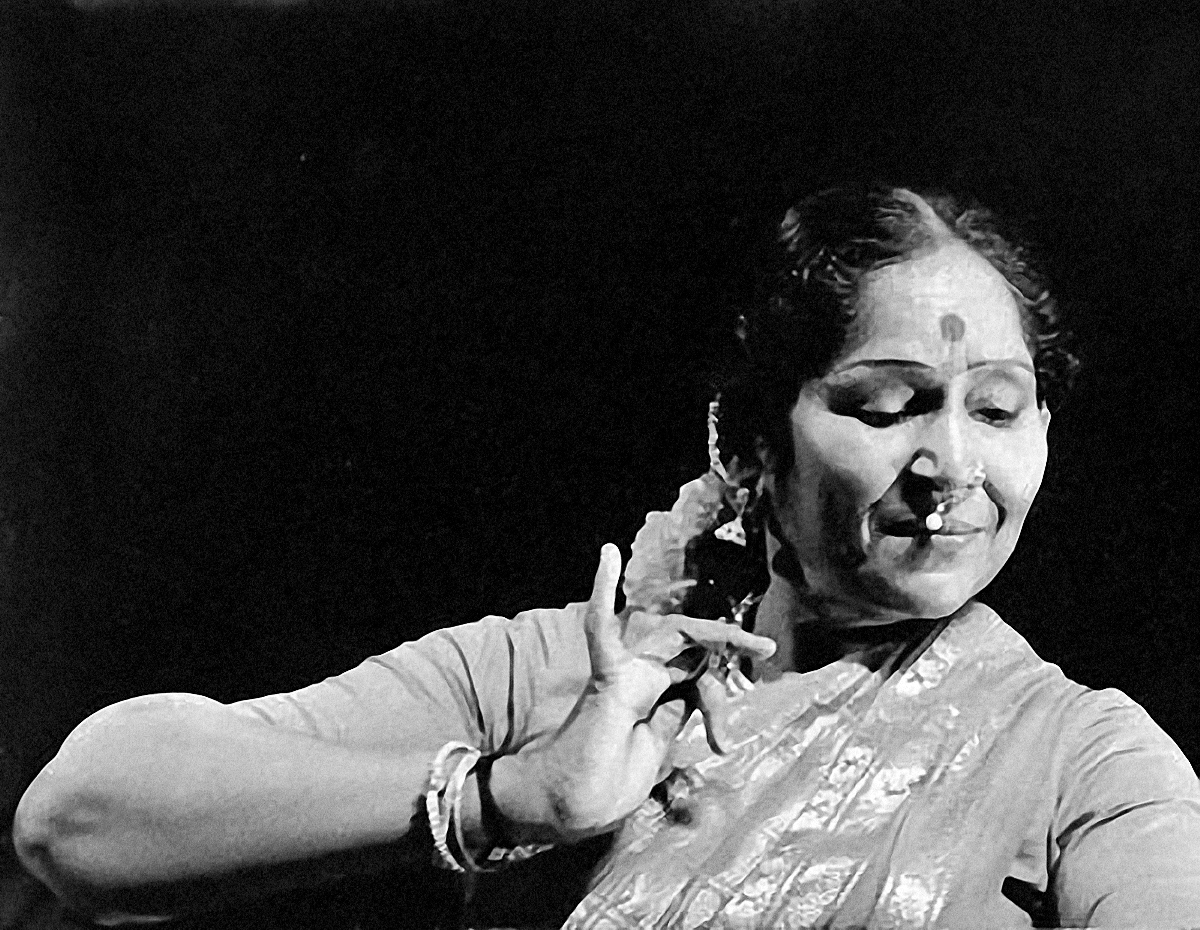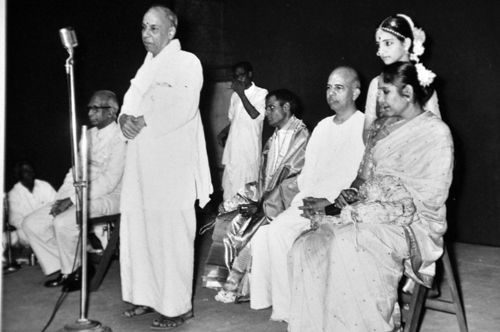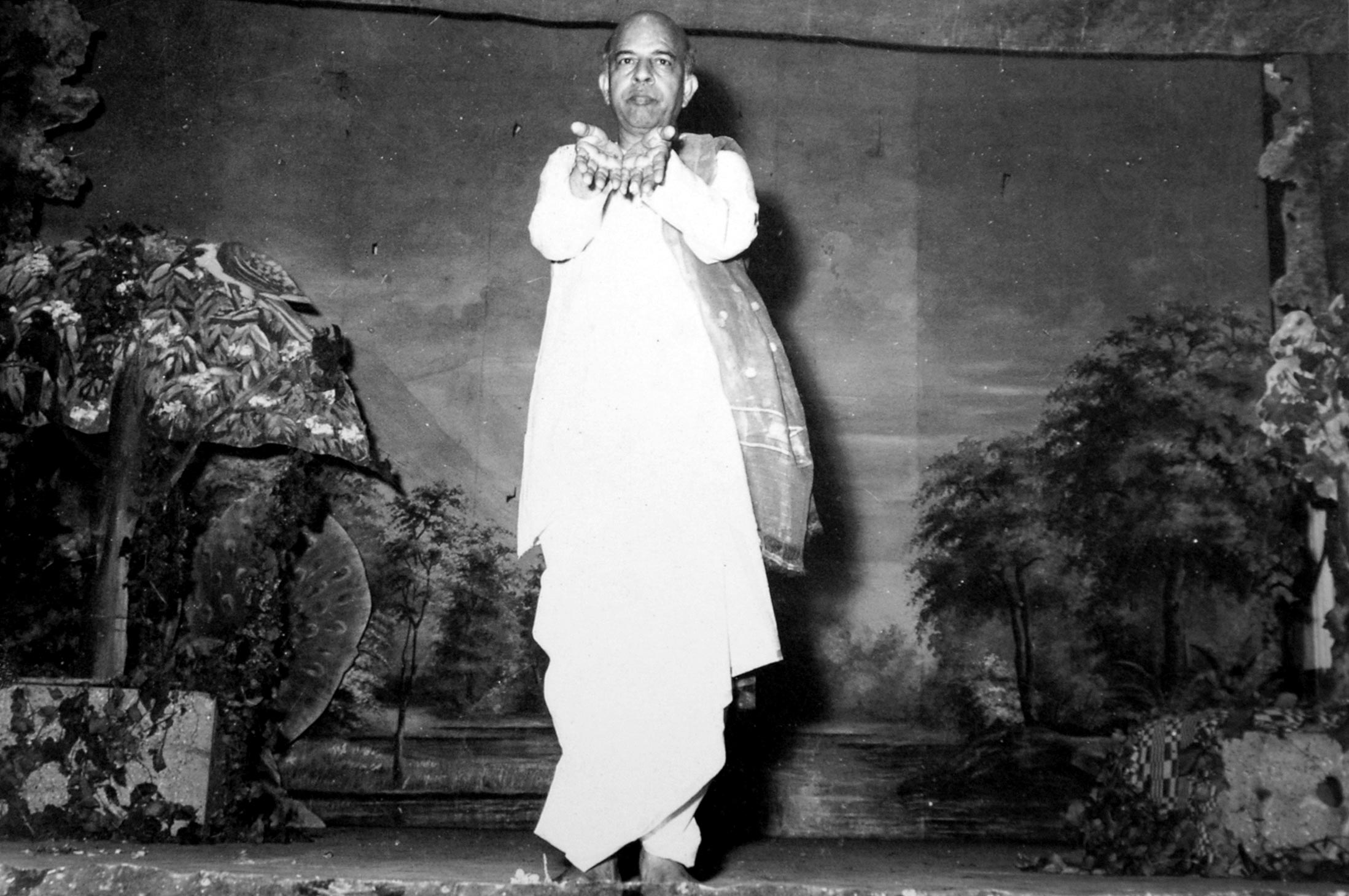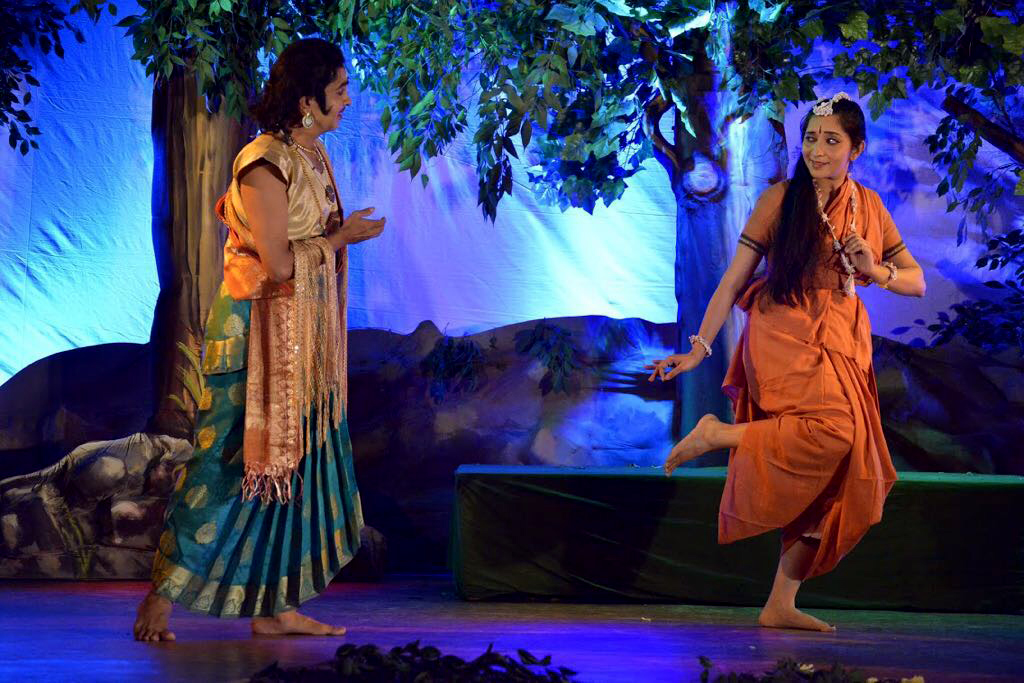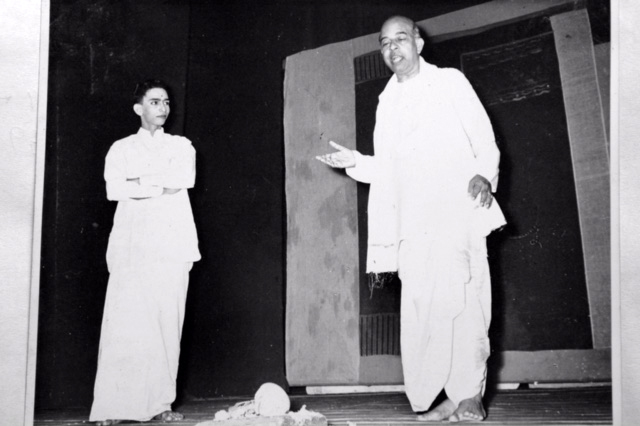Chidambaram Temple Dance Poses – VRs Notes
Talapuṣpapuṭa (1st) ( Jāyasenāpati 1st) In the first Karaṇa itself the Chidambaram representaton, as given in GOS.I. (both end.), is defective or at least not sufficiently correct. Following Abhinavagupta, Jāya gives a very detailed descripton of this (IV.27-32). The ‘Tala’ in its name stands for Talasañcāra or Agratalasañcāra which is the pose of one of the legs here. In Talasañcāra-pāda, the heal should be raised (N.S.IX.273) and consequently the hip on this side will be a little tilled up. (व्याभुग्नकटि – Vyābhugnakaṭi) But in the Chidambaram sculpture, the feet are both evenly flat and even so the hip on either side. On the other hand, in the Tanjore sculptures the Talasañcāra-pāda and…
